Call for the international prosecution of Khamenei, Raisi, and Ejeii for crimes against humanity
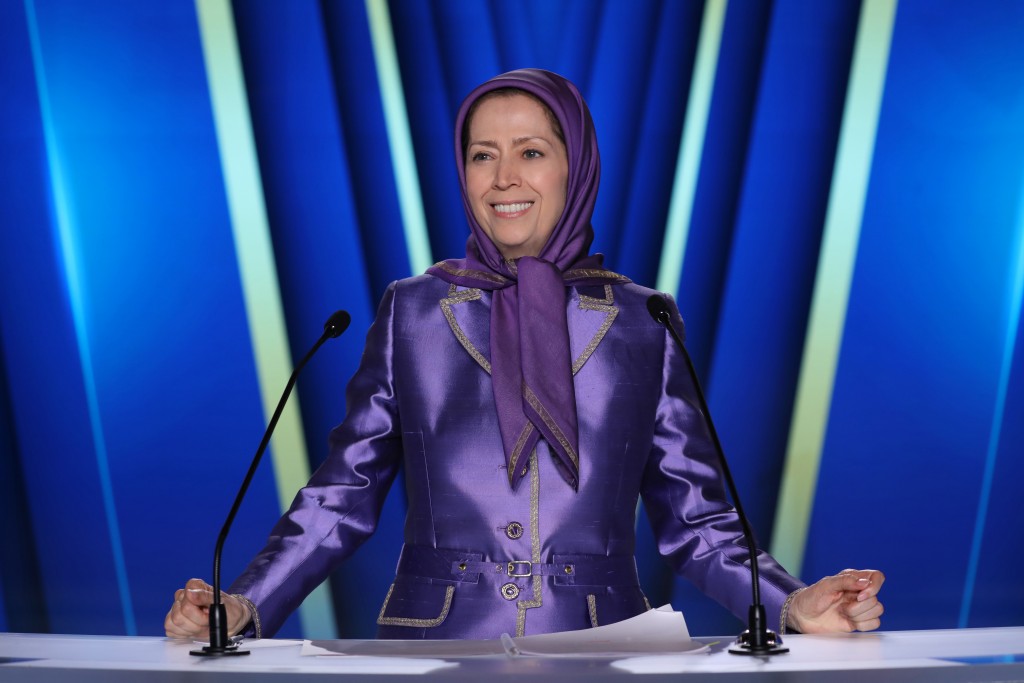
Speech by Maryam Rajavi at the World Summit for a Free Iran
The final day of the Free Iran World Summit 2021: The Democratic Alternative on the March to Victory focused on the campaign for justice for the victims of the 1988 massacre of 30,000 political prisoners, most of whom belonged to the People’s Mojahedin Organization of Iran (PMOI/MEK).
In addition to a number of former prime ministers, ministers and ambassadors from Europe, the US, and Canada, former senior US military commanders, distinguished political personalities and supporters of the Iranian Resistance address the Summit.
In her speech, Maryam Rajavi elaborated on the reasons for the ascension of Ebrahim Raisi, who is known as the murderer of the PMOI and as the henchman of 1988. She also spoke about the “new aggressive and repressive posture” of the clerical regime, which is comprised of a band of murderers and criminals. She said, “In terms of history, a regime that has laid its foundations in a sea of blood of the People’s Mojahedin, has personified the ultimate product of its 42-year history in a murderous henchman. And in political terms, it is the end for illusions of moderation within the regime. It marks the failure of Western governments’ policy of complacency toward the religious fascism.
The full text of Maryam Rajavi’s address appear below:
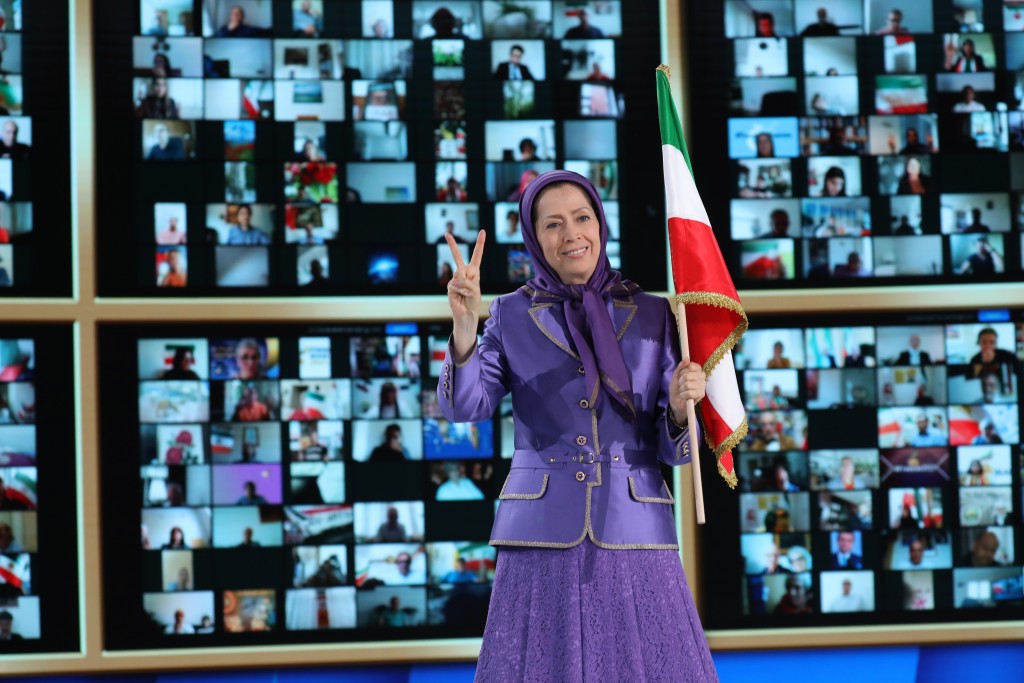
Dear friends,
In this summit, which simultaneously commemorates the victims of the 1988 massacre, the presence of great and esteemed friends of the Iranian Resistance is a source of support for our people, especially for the victims’ families.
At a time when their cries of innocence were silenced by the label of terrorism, you and the voice of your conscience broke the deafening silence.
You are pioneers of a brilliant policy on the Iranian issue, which points to the right side of history.
You are the ones who repeatedly said that seeking out moderates in this savage regime is a mirage and an illusion. And now that Khamenei has made a mass murderer his president, everyone is acknowledging that you were right. Yes, you spoke the truth. In time, the validity of your positions on the People’s Mojahedin, the Iranian Resistance, and the democratic alternative will be proven. I applaud and praise all of you.
The regime represents only 1.5% of people
Dear friends,
When it comes to the Iranian people’s relationship with the regime, the appointment of Ebrahim Raisi, the henchman of the 1988 massacre, to the presidency of the mullahs’ religious dictatorship is a reflection of the era of its overthrow.
In terms of history, a regime that has laid its foundations in a sea of blood of the People’s Mojahedin, has personified the ultimate product of its 42-year history in a murderous henchman.
And in political terms, it is the end for illusions of moderation within the regime. It marks the failure of Western governments’ policy of complacency toward the religious fascism.
Now, they have handed over the executive branch to a mass murderer, the judiciary to a professional assassin, and the legislative branch to a club wielder who has openly declared: “I am one of the club wielders, and I am proud to have wielded the stick against Massoud Rajavi (the Leader of the Iranian Resistance) since 1979.”
Truly, he is the embodiment of obscenity and wickedness.
Indeed, if the religious dictatorship was not on the verge of demise, why would it need to put a band of cannibals in charge of the system?
At the end of the election charade (in June), based on the reports from more than 1,200 of its journalists and reporters in 400 cities of Iran and more than 3,500 video clips, the People’s Mojahedin Organization of Iran (PMOI/MEK) announced that the turnout was less than 10%.
But today, I will deliberately examine the results announced by the mullahs’ Ministry of Interior:
In Shiraz, which Massoud Rajavi has called the capital of the 2019 uprising, some 70 percent of voters refused to vote.
In Tehran, with 9 million residents, 80% of voters did not participate.
In Tehran Province, which includes the rebellious cities of Shahriyar, Qal’eh Hassan Khan and Islamshahr, 70% refused to vote.
The City Council elections were even more disastrous. In some metropolitans, void ballots came in first.
The voter turnout in Tehran was 14% and in Tabriz, only 1.5%. Yes, this regime represents only 1.5 percent of the population.
The whole story is that the objective conditions for the regime’s overthrow are in place.
As far as the Iranian people are concerned, they are, as always, redoubling their resolve to overthrow the religious dictatorship in the face of the regime’s new repressive and aggressive posture.
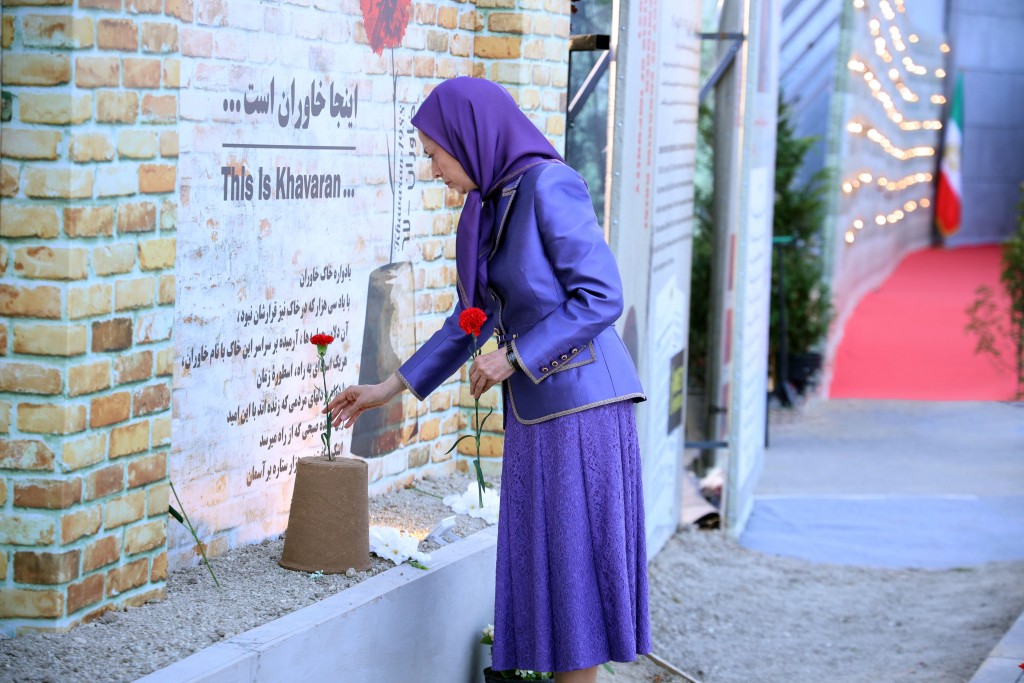
Dealing with murderer Raisi is the international community’s litmus test
As far as the international community is concerned, this is a test of whether it will engage and deal with this genocidal regime or whether it will stand with the Iranian people.
We say to the world community, especially to Western governments, that Mullah Raisi is a criminal guilty of genocide and crimes against humanity in 1988.
He is guilty because as one of the regime’s highest Judiciary officials during the last 40 years, he played a decisive role in the execution and murder of the Iranian people’s children.
He is guilty because he is one of the leaders of a regime that killed 1,500 youths during the November 2019 uprising, a figure that researchers say is actually three times higher.
Raisi is guilty because even today he defends all his past crimes and insists on continuing them.
As Amnesty International’s Secretary General said, “That Ebrahim Raisi has risen to the presidency instead of being investigated for the crimes against humanity of murder, enforced disappearance, and torture is a grim reminder that impunity reigns supreme in Iran.”
On behalf of the Iranian people and their Resistance, I emphasize that the United Nations and the international community should recognize the 1988 massacre in Iran as genocide and a crime against humanity.
I call on the UN Security Council to take action to hold the leaders of the mullahs’ regime, especially Ali Khamenei, Raisi, and Ejeii, accountable for committing genocide and crimes against humanity. The United Nations must not allow Raisi to participate in the next session of the General Assembly. This would be an unforgivable insult to the peoples of all countries who send their representatives to the United Nations.
We will fulfill these demands at all cost. It was this Resistance that one day forced Khomeini to drink the poison chalice of ceasefire in the Iran-Iraq war. It was this Resistance that one day caught Ali Khamenei by exposing the regime’s nuclear program. And it will be this Resistance that will one day pour the poison chalice of human rights down the throat of this religious dictatorship. This will certainly become reality.
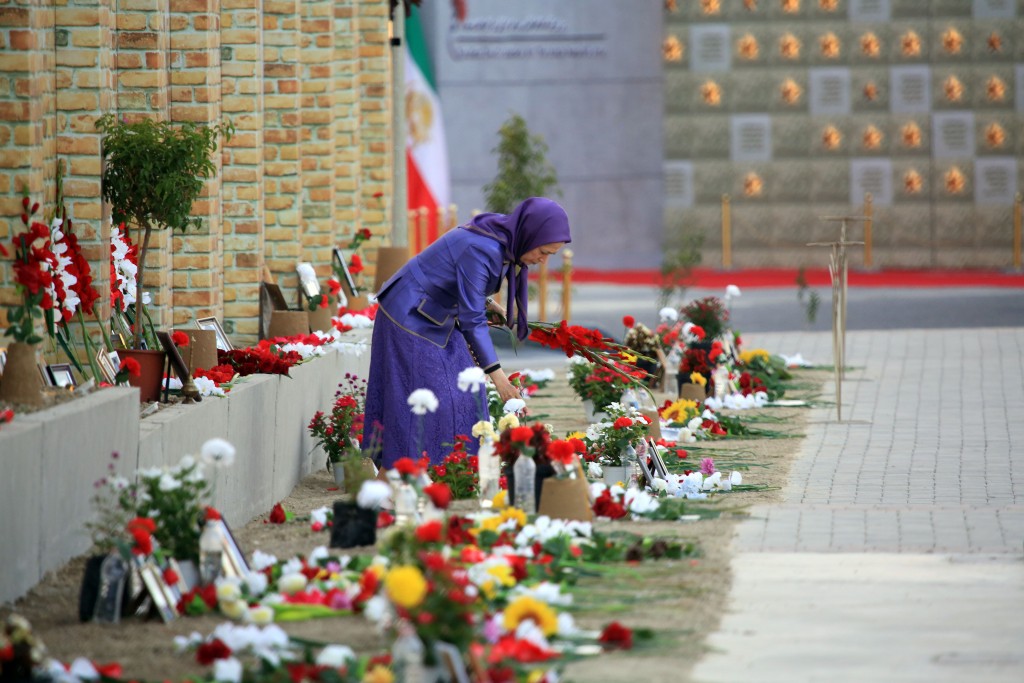
The question is adhering to or renouncing one’s positions
Dear friends,
The 1988 massacre was one of the darkest moments in Iran’s contemporary history. In the words of Baroness Boothroyd, the former speaker of the UK House of Lords, it is the greatest crime against humanity since the Second World War, which has gone unpunished.
At this point, let’s go back 33 years. Let us imagine the scene of questions and answers, each of which determined the fate and life of a prisoner.
In small rooms in the prisons of Evin, Gohardasht, Mashhad, Isfahan, Shiraz, Tabriz, Ahvaz and dozens of other cities, prisoners were condemned to death without having committed any crime.
On the one side sat the mullahs and the executioners of the death commissions. One of the most savage and cruel figures among these demons was Ebrahim Raisi.
On the other side is a lone prisoner in the dock. He has not committed any crimes. In the eyes of the prosecutors, however, the prisoner represents the “crime” of a movement. The prisoner has no lawyer, but must defend the rights of an oppressed nation. There are no witnesses in this unfair trial. He is the only witness.
Most astonishingly, the questions are not about the commission of any crime, but inquire about which side of history is the prisoner on?
Here are the questions:
Are you prepared to denounce the PMOI and its leadership?
Are you willing to join the armed forces of the Islamic Republic and fight against the PMOI?
Are you willing to provide information on former comrades… and “co-operate” with intelligence officials?
Are you willing to participate in firing squads?
Are you willing to hang a monafeq (a pejorative epithet for members and supporters of the PMOI)?
Are you prepared to express “repentance” about your political opinions and activities?
Are you prepared to declare loyalty to the Islamic Republic (through written and/or televised “confessions”)?
Are you willing to walk through an active minefield to assist the army of the Islamic Republic?
I quoted these appalling questions, which were posed to the victims of the 1988 massacre, from Amnesty International’s investigative report.(1)
The subject of these questions was not spurious allegations like participation in prison revolts or misconduct during captivity. The subject of these questions was not even the prisoners’ connection with the PMOI’s military operation (in July 1988).
Khomeini had already determined the core issue in two successive religious decrees.
His decree specifically concerns the PMOI. The decree says that “those who persist in their allegiance to the PMOI in prisons across the country are at war with God and are sentenced to death.”
At the time, Khomeini’s Chief Justice asked him whether this sentence applied to those PMOI members who had been sentenced to death and who refused to change their position, or whether it also applies to those PMOI members who were merely serving their prison term but still adhered to their beliefs.
Khomeini’s clear and concise answer was: “Anyone, at any stage, is sentenced to death if he maintains his positions as a hypocrite (i.e. People’s Mojahedin).”
The distillation of the two decrees of Khomeini and the short version of the questions in these show trials are: Do you stand by your position as a People’s Mojahedin?
The Mojahedin answered yes to this question and accepted to be executed.
On the 30th anniversary of the 1988 massacre, Amnesty International wrote in its report: “Across the country, the victims were primarily supporters of the PMOI, both men and women. In Tehran province, hundreds of men affiliated with leftist opposition groups were also executed.”
Amnesty International added: “In Kurdistan and West Azerbaijan provinces, the waves of enforced disappearances and extrajudicial killings also targeted hundreds of prisoners affiliated with the Kurdish opposition groups Komala and the Kurdish Democratic Party of Iran (KDPI).”
Thus, the massacre of the Mojahedin-e Khalq was carried out throughout the country. At the same time, the regime’s murderous machinery re-arrested many former prisoners or persons suspected of supporting the PMOI and sent them to execution chambers.
All of them faced the same question that determined their fate: Do you maintain your positions on the PMOI?
Since that day and until today, this question has not ceased to confront us. It is the question of our time. It is the question of being faithful to one’s positions or not. But the PMOI, as the Quran says, did not abandon their position.
We have answered yes to this question and we will answer yes again and again. We will never abandon the resistance to free the Iranian people and to overthrow the regime.
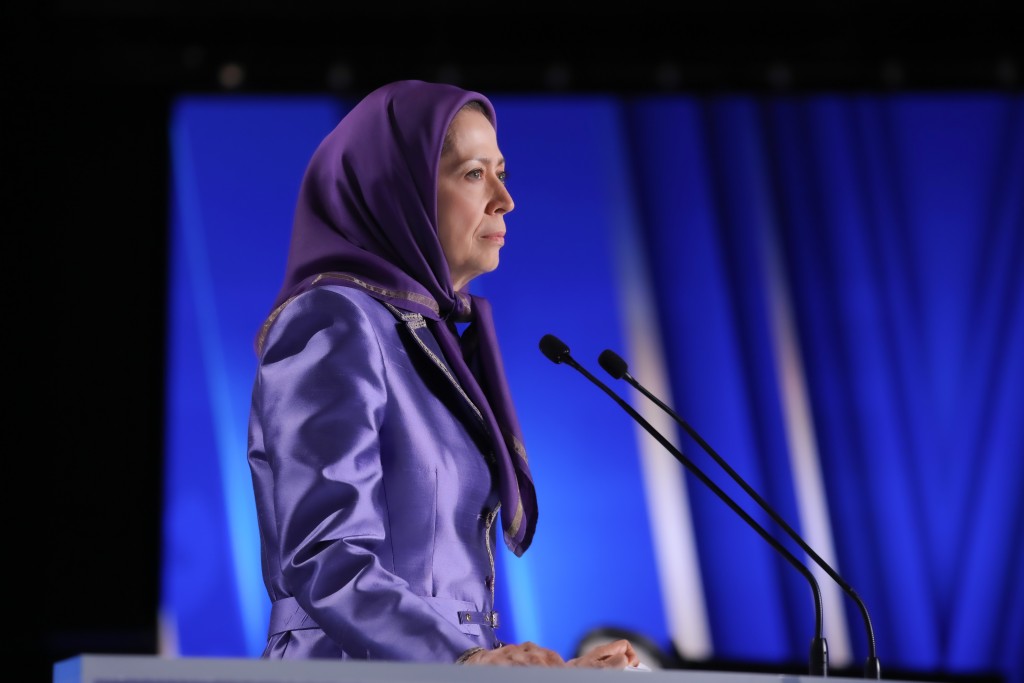
A persevering generation for Iran’s liberation
My dear compatriots,
In the summer of 1988, after the mass murderer Raisi and his accomplices sentenced them to death, the PMOI heroes walked through the corridors leading to the execution chamber while shouting “Down with Khomeini! Long live freedom! Long live Massoud Rajavi!”
This is freedom’s blood-drenched anthem and the song of perseverance of a generation determined to write a new destiny for the Iranian people and history.
One of these heroines was the U.S.-educated Zohreh Ain-ol-Yaqine, then head of Isfahan Teachers’ Association. She wrote in a letter from Evin Prison, “I thought about everything that has happened so far and went through everything in my mind. I think that everyone sings a song during his/her lifetime and dies. But what remains in the end is a pure and untainted form of humanity that lives on.”
Another one of these heroes was Rahim Rajli. He wrote in his will, “I love life with all its beauties; I love everything that blooms (…) I do not wish to die. But for the sake of life, I embrace the crimson death with open arms. And if I have the honor of falling as a martyr on this path, send my greetings to Massoud [Rajavi], and tell him that Rahim kept his promise and he has become a Rajavi.”
This is the blood-drenched commitment of all generations of the PMOI, as Maryam Golzadeh-Ghafouri wrote: “As long as there is even a single Mojahed, he will not let the revolution be stopped. The People’s Mojahedin will sacrifice everything they have in order to free Iran and the Iranian people from captivity.”
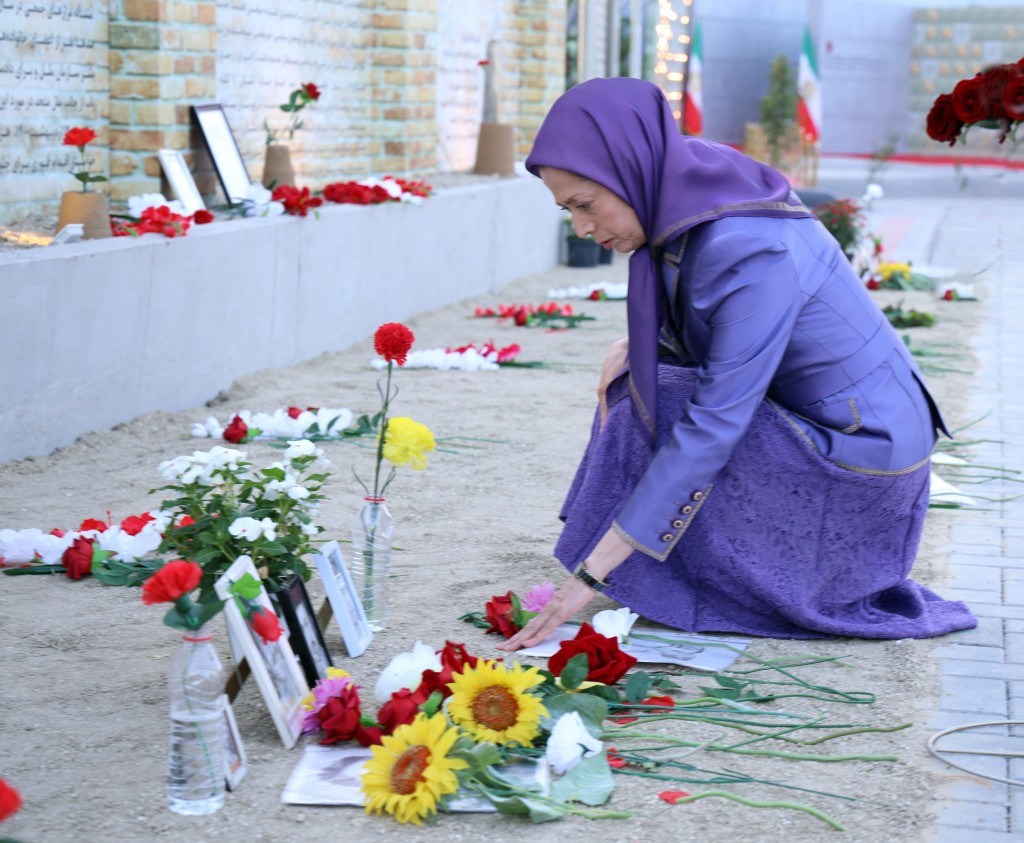
Massoud Rajavi’s Campaign for Justice
Dear friends,
The massacre of the People’s Mojahedin had another important aspect, which comprised of a vast effort to cover up this crime. But from the very first weeks after the start of the massacre, Massoud Rajavi issued a wave of statements, revelations, and calls for justice in Iran and abroad.
As early as August and September 1988, in multiple letters and telegrams to the UN Secretary General, he made numerous revelations about the massacre. Among other things, he revealed the contents of Khomeini’s two main religious decrees. On August 25, 1988, he wrote to the UN Secretary General that Khomeini had issued a decree in his own handwriting ordering the execution of PMOI political prisoners.
In December of the same year, in an interview with Voice of Mojahed Radio, Massoud Rajavi explained that “On two occasions, Khomeini personally issued the execution orders to the head of the Judiciary Moussavi-Ardebili, stressing, among other things, that in the case of the Mojahedin (…) anyone who insists on his/her positions (…) is sentenced to death and must be executed immediately.”(2) This was twelve years before Ayatollah Montazeri (Khomeini’s ousted heir apparent) published the text of this decree in his book.
In my view, what Massoud (Rajavi) has done goes far beyond the relentless campaign of the last four decades. By safeguarding the very values and principles cherished by the victims of the massacre through seeking justice for them, he has defended their dignity and honor to the greatest possible extent. This call-for-justice campaign will continue until achieving victory for the cause of these martyrs, namely, the liberation of the Iranian people.
It is very noteworthy that in the April 1989 letter dismissing Mr. Montazeri, which was about 700 words long, Khomeini referred to the PMOI nine times, accusing Mr. Montazeri of assisting the Mojahedin in their attempts to find out the number of execution victims through him. More importantly, he said that after him, Ayatollah Montazeri would hand over the country to the liberals and through them to the PMOI. And because of this, he explains, Montazeri lost the competence and legitimacy to lead the regime in future.
As attested to by the events of the past 33 years, the revelations about the 1988 massacre are the outcome of a relentless campaign seeking justice. The Iranian people’s Resistance, the families of martyrs, political prisoners, torture victims, and 1,000 political prisoners from among the survivors of the 1988 massacre who are based in Ashraf-3, are the ones responsible for this campaign.
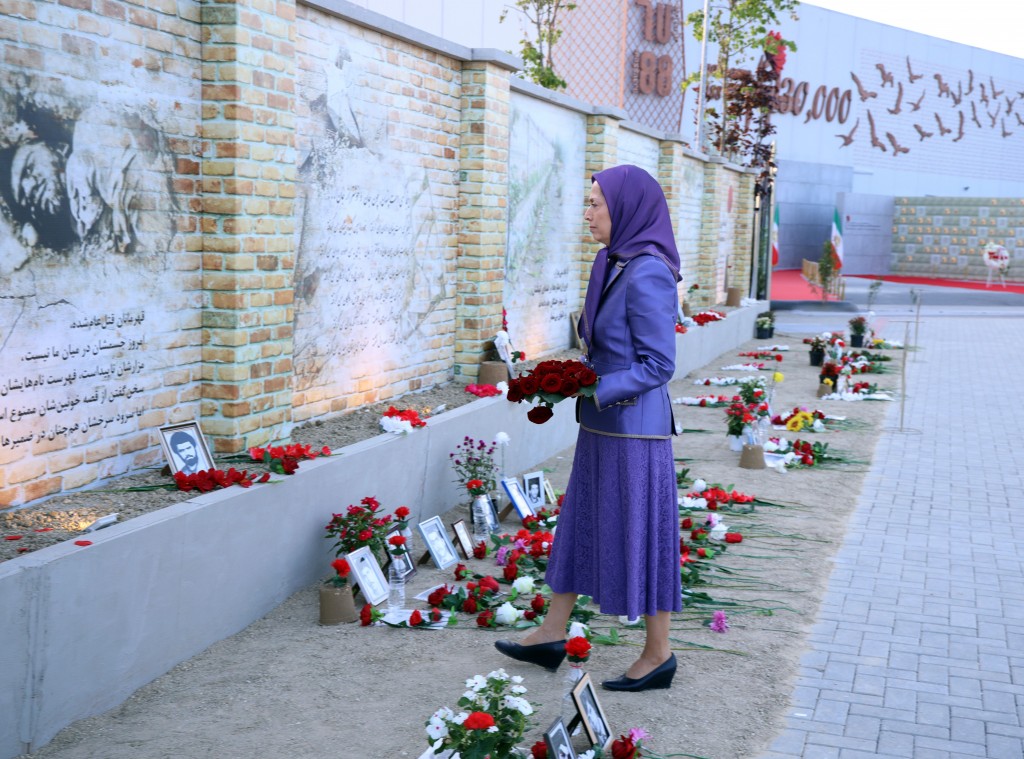
A counter call-for-justice movement
Let us remember Dr. Esmail Khoii, and his collection of poems called, “The Loud Cry of the 1988 Massacre.”(3) In this collection, he wrote about the heroes executed during the 1988 massacre:
This victim had a big heart
Ready to join the other big hearts
The great sea of death swallowed him up,
But he left behind the hope of a great tomorrow
And this victim whose hair is disheveled by the breeze
Has sailed in the sea of God and the people
“Do you renounce the Mojahedin?” No, no.
Execute him, because he continues to adhere to his position.
And again in the same collection, Esmail Khoii describes the outrageous efforts to minimize the number of victims:
“No, sir, it was less than ten thousand”
“It was three thousand and a few hundred”
What difference does it make, you fool, in the nature of the crime
whether it was 100 or a hundred times greater?
It is clear that the call-for-justice movement has always been confronted by a counter-movement controlled and run by the regime’s intelligence services. This counter-movement is comprised of a series of slander campaigns and repeated distortions of the truth, like the following:
First, they wanted to hush up the entire tragedy for years by concealing the names and details of the massacred victims, and hiding their graves. In the following years, they embarked on the destruction of the mass graves which had been revealed.
But the regime’s other attempt against the justice movement was to falsify and distort the identity of the massacred Mojahedin, a task carried out by the agents of its infamous Intelligence Ministry.
The astonishing thing is that agents of the Ministry of Intelligence on the one hand reject and refuse to tolerate the cause and the organization of the martyrs, their ideology, their strategy, and their organizational structure, but on the other hand, they claim to defend or represent the very PMOI martyrs who “adhered to their position” as stated in the two decrees issued by Khomeini.
They try to defame the very PMOI, 90% of whose martyrs chose to be hanged for fidelity to the political and ideological policies of the PMOI.
But neither concealing the crime, nor hiding the graves of the martyrs, nor distorting the identities of the martyrs will be able to hinder or stop the call-for-justice movement.
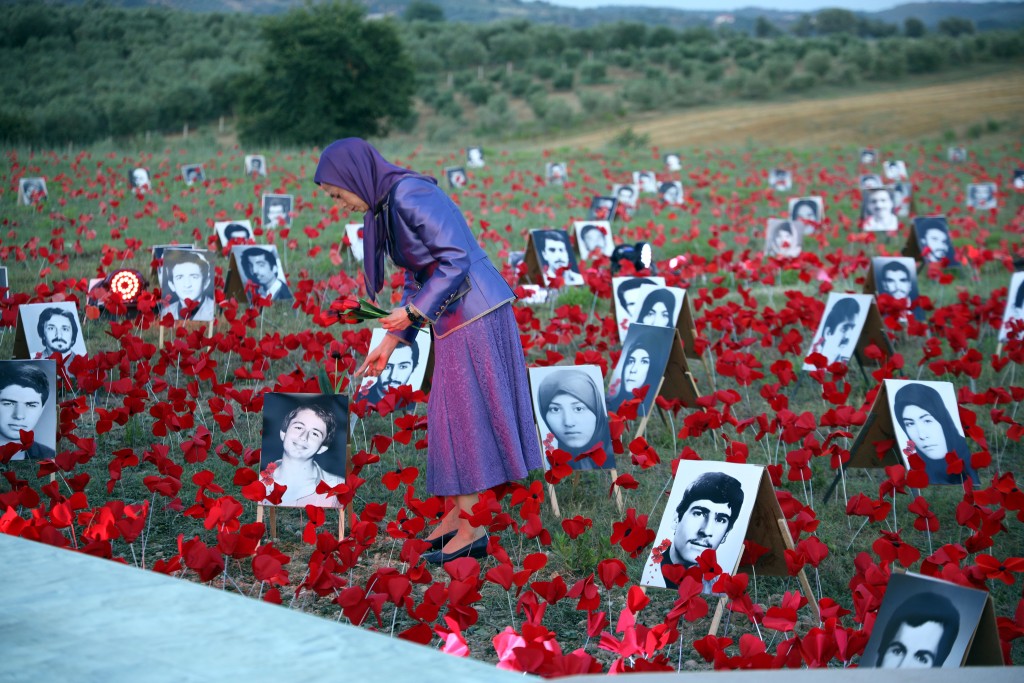
The path to freedom opens with sacrifices
It is here that we remember the great Mojahed, the late author Hamid Assadian, who throughout these three decades tried to expose the executioners and to keep alive the memory of the victims.
In the introduction to one of his books on the martyrs of the 1988 massacre in Shahrekord, he wrote:
As long as this land, this blood-drenched land, remains bloody
Not a drop will be lost in the sea
And we will look for you
We will not forget the faces of the murderers
No, we will not forget.
I salute the families of the martyrs, especially the mothers of the martyrs of the November 2019 uprising and the resistant political prisoners. I call on all my compatriots and supporters of the Resistance inside and outside Iran to expand the call-for-justice movement. Today, the movement seeking justice for the victims of the 1988 massacre is the movement of all Iranian people to overthrow the regime.
Here is the answer to the young, rebellious generation of youths, who ask what was the story of the 30,000 brave men and women who went to their deaths for standing their ground? What is the story of this movement that has shaped the history of the last four decades?
The story is that because the path to Iran’s liberation cannot be opened without making sacrifices, the People’s Mojahedin have said from generation to generation: We sacrifice all our lives, we sacrifice what we hold dearest, our family and our existence.
By making a conscious and voluntary choice, the People’s Mojahedin have sacrificed everything and are determined to achieve freedom for Iran and its people. They have revolted against the ideology of selfishness that puts individual interests before collective interests and against the ideology of gender and sexual discrimination, and thus pave the way for emancipation and equality.
One of the PMOI’s obvious symbols in this era was the late Massoud Farshchi. With 43 years of relentless struggle, he was a symbol of a rebellious human being liberated from the yoke of the gender-based ideology and individualism. This generation of rebellious and liberated women and women guarantees the PMOI’s strength and perseverance today and freedom and prosperity in Iran tomorrow.
Hail to the noble and selfless Mojahed, Massoud Farshchi.
And now, 33 years after the massacre, the fundamental question remains to be their adherence to their cause.
We have said and we continue to say yes to the great question of our time. We will overthrow the clerical regime by relying on the Iranian people and the great Army of Freedom.
Glory to the martyrs!
Long live the Iranian people!
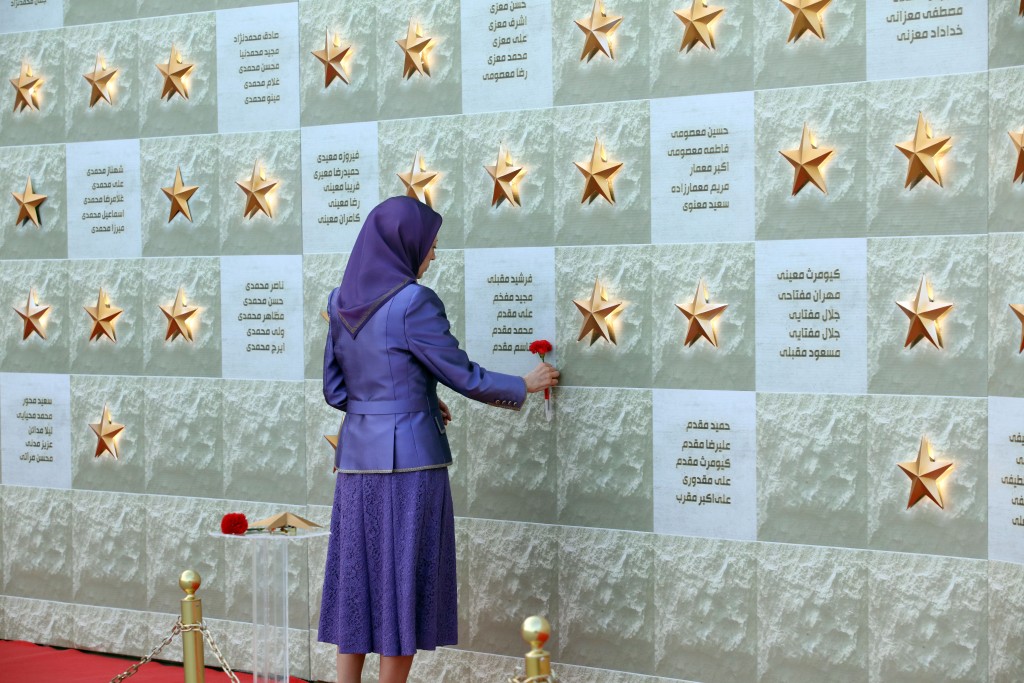
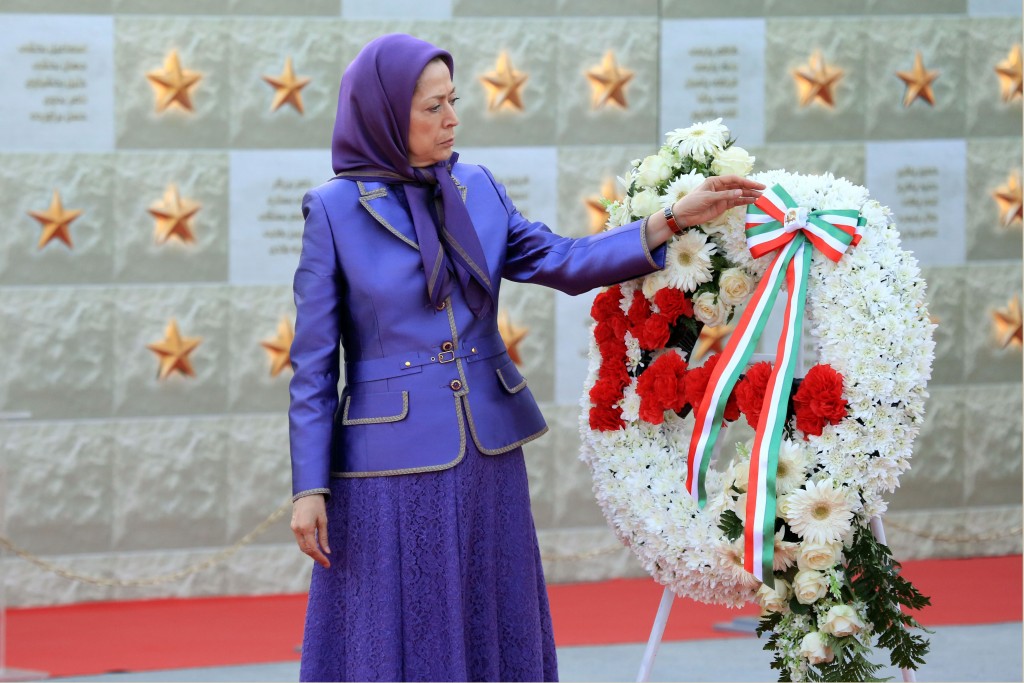
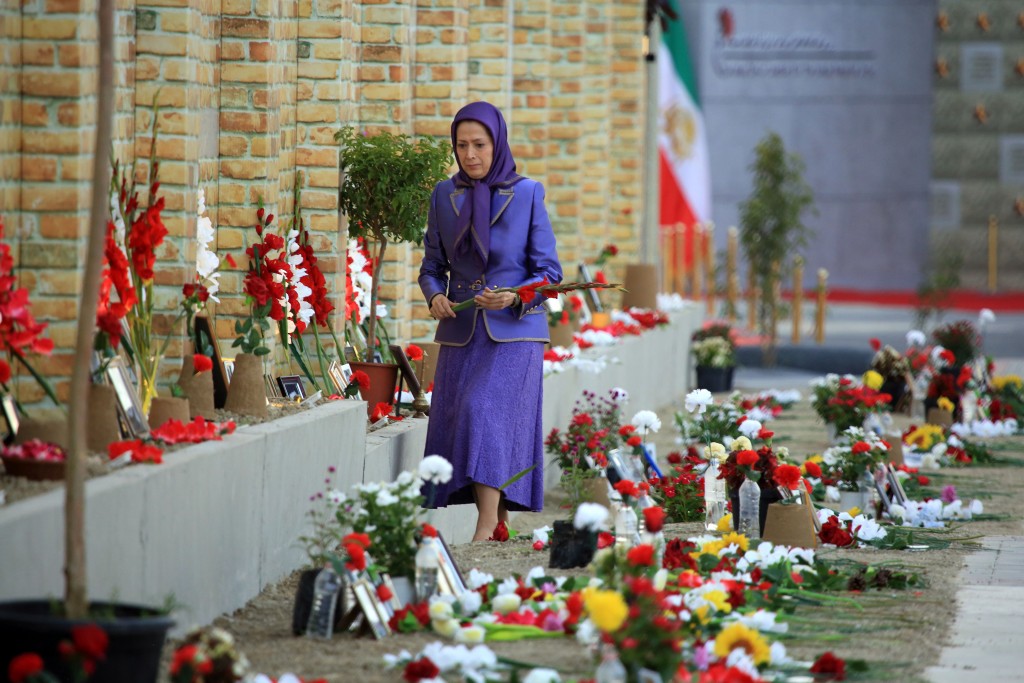
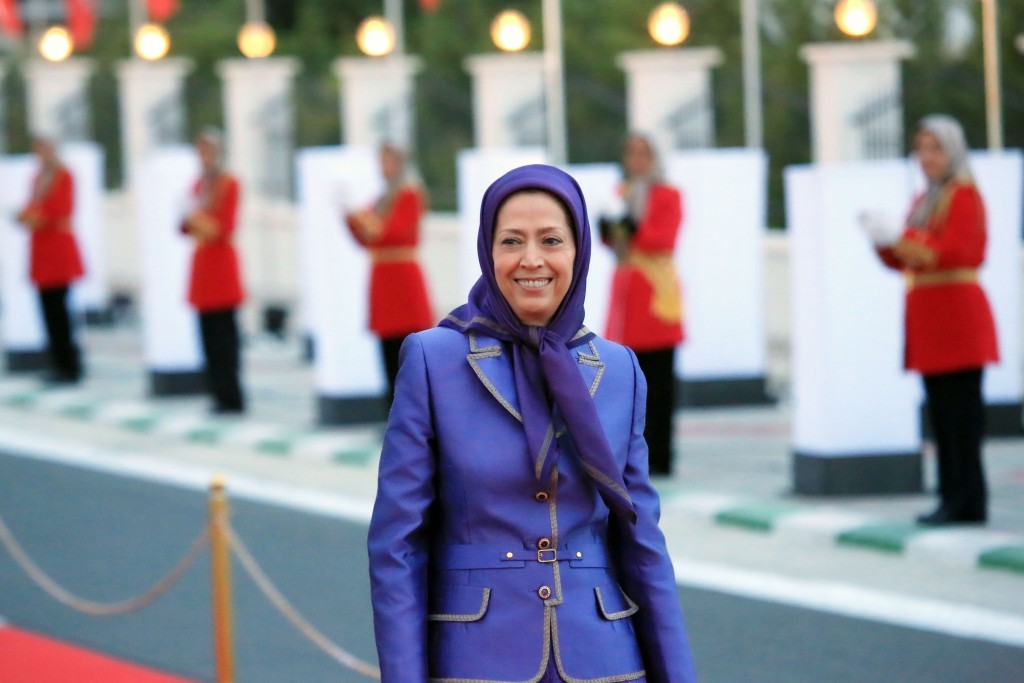
2-In a telegram to the UN Secretary General on August 25, 1988, the Iranian Resistance's Leader revealed the fact that "Khomeini issued a decree in his own handwriting several weeks ago, ordering the execution of PMOI political prisoners." In the same telegram, he also revealed a wave of political arrests made throughout Iran. In December that year, the Leader of the Iranian Resistance in an interview with the Voice of Mojahed reiterated: "Khomeini has personally informed Moussavi Ardabili twice of the death sentences. Among others he insisted that any one of the PMOI prisoners who continued to adhere to his past positions, is punishable by death and must be immediately executed."
3-The Loud Cry of the 1988 Massacre, winter 2004, Atlanta.

